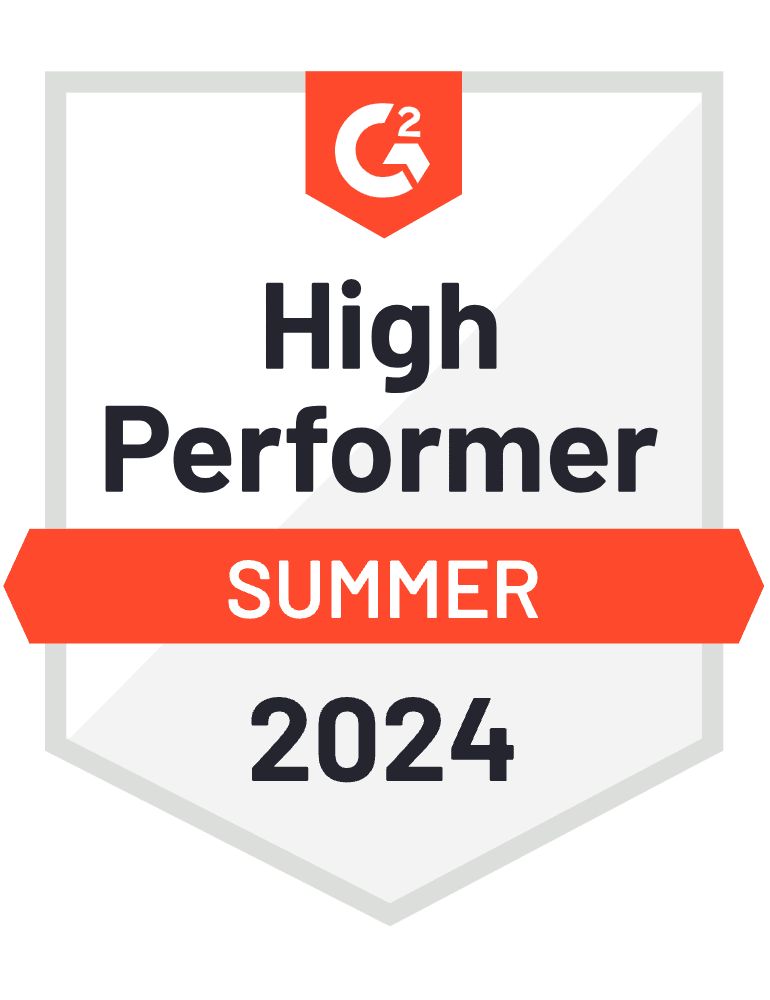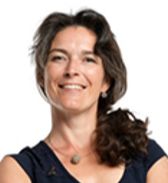
Generate qualitative insights from surveys – fast and intuitive
Leverage a seamless research workflow that saves you time without cutting corners. ATLAS.ti takes the confusion out of managing and analyzing your survey data. Our qualitative analysis tools help you reveal insights and share results without steep learning curves.

Unlock behaviors and emotions in survey data
Analyze responses to any type of question and discover your survey's participants' behavioral and emotional drivers. Our proven survey data analysis tools are powerful enough to help you identify even the most nuanced attitudes and motivations.

Go beyond quantitative data analysis
Get more than just quantitative reports and descriptive statistics: ATLAS.ti and its analysis capabilities provide you with research tools that help you uncover the "why" behind your participant's answers. Our survey analysis software enables you to grasp the full picture by discovering qualitative insights that lead to better results. ATLAS.ti is the easiest and most comfortable survey data analysis tool to use for analyzing survey data.
















